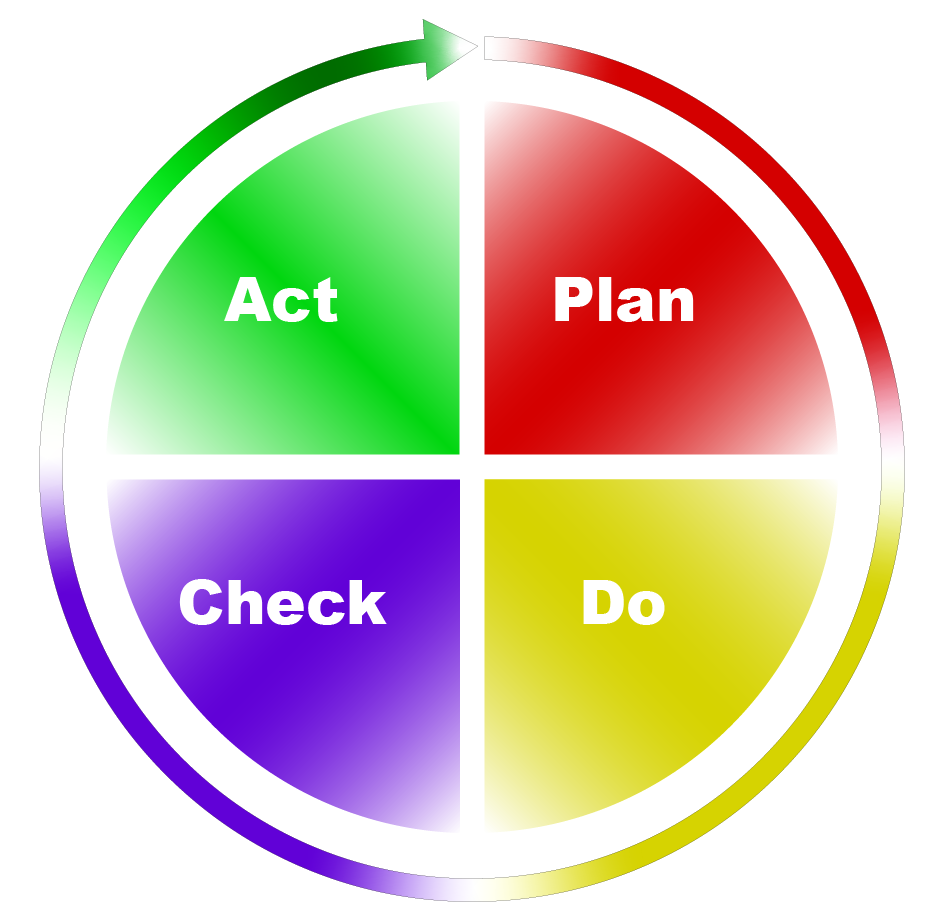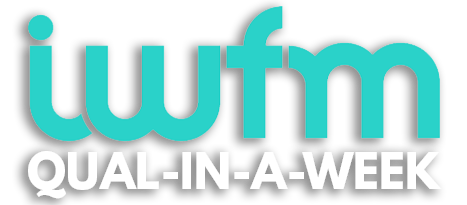| Stage 1 – PLAN
The first stage is to undertake a planning exercise. This starts by clearly defining the problem or identifying the opportunity for improvement.
We should try to be as specific as possible and focus on the desired outcome. We should then set objectives and goals. What do we actually want to achieve?
We need to establish measurable objectives and goals for the improvement initiative. Define what success looks like and determine how we will measure that success. Our targets should be realistic. If they are not realistic, we are setting ourselves up to fail.
We need to develop a plan that outlines the actions required to achieve the objectives. We should specify the tasks, the responsibilities and the resources needed, along with a timeline for implementation.
Importantly, at this stage, we should consider the risks and challenges that may arise during the implementation of the plan and develop strategies to mitigate these risks. Using a standard risk assessment template is useful here.
Stage 2 – DO
Once the planning has been completed, we then move on to the implementation or the DO stage of the Deming cycle. We should execute the plan according to the defined tasks and the timeline.
It is important to ensure that all team members are aware of their roles and responsibilities. It is critical that we keep detailed records of the implementation process.
We should document any deviations from the plan and expected challenges or lessons learned during the execution.
Communication is also vital at this stage. We should try and communicate what we are doing to all relevant stakeholders using plain language to ensure they all understand.
Stage 3 – CHECK
The check stage is where we collect the data we are using to measure the success of our plan.
To do this, there is a range of methods we could use, such as key performance indicators, customer feedback or other tools such as benchmarking and the use of the balanced scorecard. These would all provide valuable information which would enable us to check whether our plan is working.
Having obtained the data, we should then compare it against our initial objectives and goals and assess whether the implemented changes have led to the desired improvements.
We should check how well everyone understands the tactical goals and what their roles are. We should think about whether the team is actually capable of meeting the goals. It is important to consider whether the plan is still focused and that our tactics are right and are working.
Finally, we should analyse any variances between expected and actual results. We need to determine the root cause of the discrepancies and determine whether any adjustments are required.
Stage 4 – ACT
This is where the continual improvement really happens. Based on the analysis of results we have obtained in stage three, we now need to take corrective actions to address any identified issues or variances.
We may need to adjust our overall plan to further improve its effectiveness. If the implemented changes lead to positive results, we should consider standardizing these practices to ensure ongoing improvement and consistency.
An important element of this stage is the need to reflect on the entire pdCA cycle. We should document lessons learned, best practices and areas for further improvement, and we can then use this knowledge in future planning.
That’s all for this week. Hopefully now you should have an understanding of the different stages of Deming’s cycle and how it is used. Next week, we’re going to consolidate your learning with some practical examples.
Don’t forget to get your free trial on XenZone!
Have a great week!
Chris and the Xenon Team
P.S. If you haven’t already studied or started studying for an IWFM qualification, which will cover topics like this in depth and fully assess your understanding, you may want to have a look at our guide to the IWFM Qualifications which will give you a full breakdown of how they work and what’s involved in the different levels. You can download it here.
P.P.S. If you’re already considering taking a qualification but don’t know which level to go for, a good starting point is our One-Minute-Leveller tool, which will ask you a few questions and give you a recommendation based on the result. You can access it here.
P.P.P.S. Don’t forget you can read all of the previous issues on our website. If you’re new to the mailing list or you want to revisit an earlier issue without digging through your inbox, you can find all of our past issues in the Vault. |




